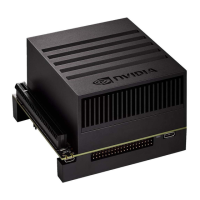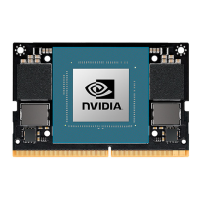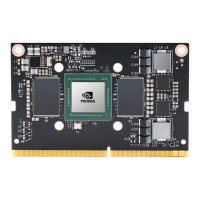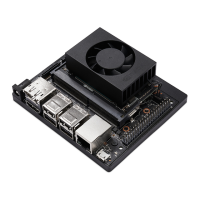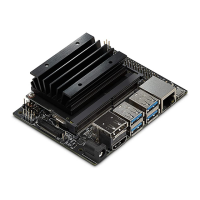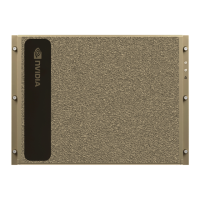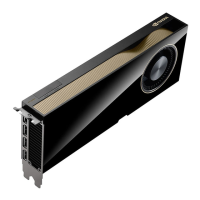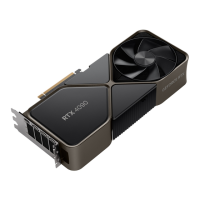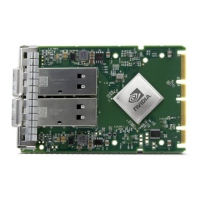Ethernet Compliance Test Guide
PRELIMINARY INFORMATION
Jetson AGX Orin Series Tuning and Compliance Guide DA-11040-001_v0.7 | 44
Oscilloscope and Probes
The oscilloscope and its probes are used to measure and display the signals required for the
RGMII compliance testing. Since the interface runs with a maximum frequency of up to 125
MHz, any oscilloscope, and probes with a bandwidth of more than 625 MHz are acceptable.
Note: Scope, probes, and test equipment should be calibrated and de-skewed, and must meet
industry standards to ensure accurate measurements.
Software
For creating traffic on the Orin RGMII interface, software (for example, iperf, Ping, SCP) or
traffic generator hardware is needed.
To access the registers, depending on the software platform, devmem2 or in32/out32 may be
used.
Linux environment example:
// read the register 0x02318804
# devmem2 0x02318804 w 0xA0010000 // write 0xA0010000 as a word to
// read the register 0x02318804
# out32 0x02318804 0xA0010000 // write 0xA0010000 as a word to
Measurement
Measurement consists of the following steps:
1. Attach the oscilloscope probes to the DUT, as close as possible to the Ethernet PHY (or
Switch) receiver interface.
2. Power on the DUT.
3. Configure the DUT to drive traffic.
4. Observe the electrical measurements on the oscilloscope.
Note: Ideally all Orin module RGMII transmitter signals should be examined. However, to save
time and effort, only the clock (module RGMII_TXC, SoC GP147_RGMII0_TXC) and one data line
(for example, module RGMII_TD0 – SoC GP148_RGMII0_TD0) may be monitored.
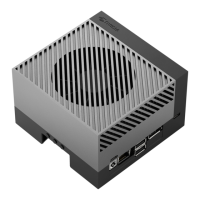
